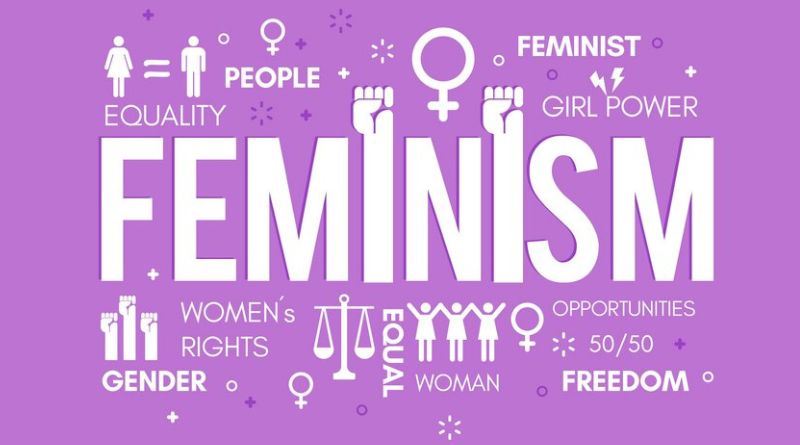
Feminism is a global social, political, and cultural movement advocating for equality between genders. It seeks to challenge and dismantle systemic barriers that perpetuate gender-based discrimination, creating a society where individuals are not limited by their gender.
This article explores the history, core principles, misconceptions, and continuing relevance of feminism in the modern world. By understanding the movement’s foundations and goals, we can appreciate its role in shaping a more equitable society.
The Historical Roots
Early Feminist Movements
The roots of feminism date back thousands of years. Early advocates, such as Mary Wollstonecraft, author of A Vindication of the Rights of Woman (1792), argued for women’s education and rights in an era when they were largely excluded from public life. Furthermore, the 19th-century suffragist movement, led by figures like Susan B. Anthony and Emmeline Pankhurst, highlighted the fight for voting rights.
The Three Waves
- First Wave (19th-early 20th Century): Focused on legal issues, such as women’s suffrage and property rights.
- Second Wave (1960s-1980s): Broadened the scope to workplace rights, reproductive freedom, and addressing domestic violence.
- Third Wave (1990s-present): Emphasizes intersectionality, considering how race, class, and other identities intersect with gender.
Core Principles of Feminism
- Equality: Feminism seeks equal opportunities and rights for all genders in education, employment, politics, and beyond.
- Autonomy: Advocates emphasize individuals’ freedom to make choices about their bodies, careers, and lives without societal imposition.
- Intersectionality: Recognizing that gender inequality is interconnected with other forms of discrimination, such as racism, ableism, and classism.
Common Misconceptions
Myth 1: Feminism Is Anti-Male
Feminism is not about opposing men but about challenging systems that enforce inequality. For instance, it benefits everyone by promoting fairness and inclusivity.
Myth 2: Feminism Is No Longer Needed
Despite progress, gender-based disparities persist in areas such as pay, leadership representation, and access to education. Consequently, the movement’s relevance remains strong.
Myth 3: Feminism Is Monolithic
Feminism is diverse, encompassing multiple perspectives and priorities depending on cultural and social contexts. As a result, it adapts to address unique challenges faced by different groups.
The Relevance Today
Addressing Wage Gaps
Globally, women earn less than men for the same work. Feminism advocates for transparency and policies that aim to close this gap effectively.
Combating Gender-Based Violence
From domestic abuse to workplace harassment, feminism highlights and combats violence disproportionately affecting women and marginalized genders. Importantly, it raises awareness and calls for preventive measures.
Advocating for Representation
Feminism pushes for gender diversity in leadership, politics, and media. Therefore, ensuring that diverse voices are heard and valued is central to the movement.
How to Support
- Educate Yourself: Learn about feminist history, literature, and current issues.
- Challenge Stereotypes: Question societal norms and biases that perpetuate inequality.
- Amplify Marginalized Voices: Support initiatives and individuals advocating for equality.
- Engage in Activism: Participate in campaigns, protests, or organizations that promote gender equality.
Conclusion
Feminism is a movement rooted in the universal desire for fairness and justice. By understanding its principles and recognizing its continued necessity, we can contribute to building a society where everyone, regardless of gender, has the opportunity to thrive.
Equality is not a finite resource—it benefits all. By embracing the ideals of feminism, we move closer to a world where fairness, respect, and dignity are the standards for all.


